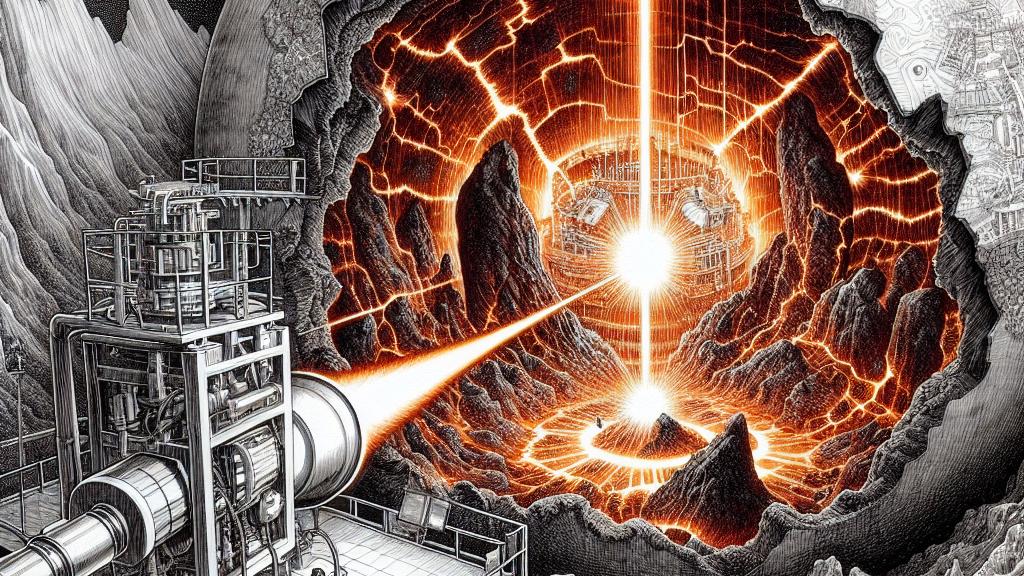Revealing Earth's Core-Mantle Boundary with Advanced X-ray Techniques
Overview
- Explore the thrilling findings of how X-ray laser technology unlocks Earth's core-mantle mysteries.
- Discover the surprising role of iron in molten rock and its implications for Earth's history.
- Uncover how this research shapes understanding of both our planet and the nature of distant exoplanets.

Understanding Earth's Structure
In an extraordinary leap forward, researchers at the SLAC National Accelerator Laboratory in the United States have delved into the enigmatic core-mantle boundary—an area located around 1,800 miles beneath the Earth's surface, where secrets of our planet intertwine with its fiery past. This region, once a molten landscape during Earth’s formation, is crucial to understanding both the planet's birth and its ongoing evolution. By harnessing the power of the Linac Coherent Light Source X-ray laser, scientists recreated the extreme conditions found deep within the Earth, allowing them to visualize atomic arrangements in molten rock. This pioneering approach sheds light on geological processes that shape our planet today, unlocking mysteries that have long eluded researchers.
Iron's Surprising Role
Among the study's most astonishing revelations was the unexpected behavior of iron in molten rock. Researchers had anticipated that variations in iron content would dramatically alter the rock's density. However, the findings turned this assumption on its head—the density remained surprisingly consistent regardless of iron levels. This unexpected outcome not only challenges established models of Earth's formation but also emphasizes the complex dance of elements within the Earth’s depths. Such revelations are crucial, as they enhance our comprehension of how Earth's unique physical and chemical properties have evolved over billions of years, and how they continue to influence geological activity today.
Unlocking Exoplanet Research Opportunities
The implications of this research reach far beyond Earth, paving the way for exploring exoplanets, particularly super-Earths—those massive rocky planets that have captivated scientists and astronomers alike. The study suggests that the behavior of molten materials under extreme pressures could differ significantly in these larger bodies, potentially impacting their geological landscape and volcanic activity patterns. With an eagerness to delve deeper, researchers aim to replicate conditions similar to those in the interiors of super-Earths, broadening our understanding of planetary formation across the universe. Through this investigation, not only do we gain insights into Earth's dynamic processes, but we also begin to grasp the potential for diverse geological frameworks on other worlds. This research could unlock a treasure trove of knowledge about how life-sustaining conditions might arise on planets beyond our solar system.

Loading...